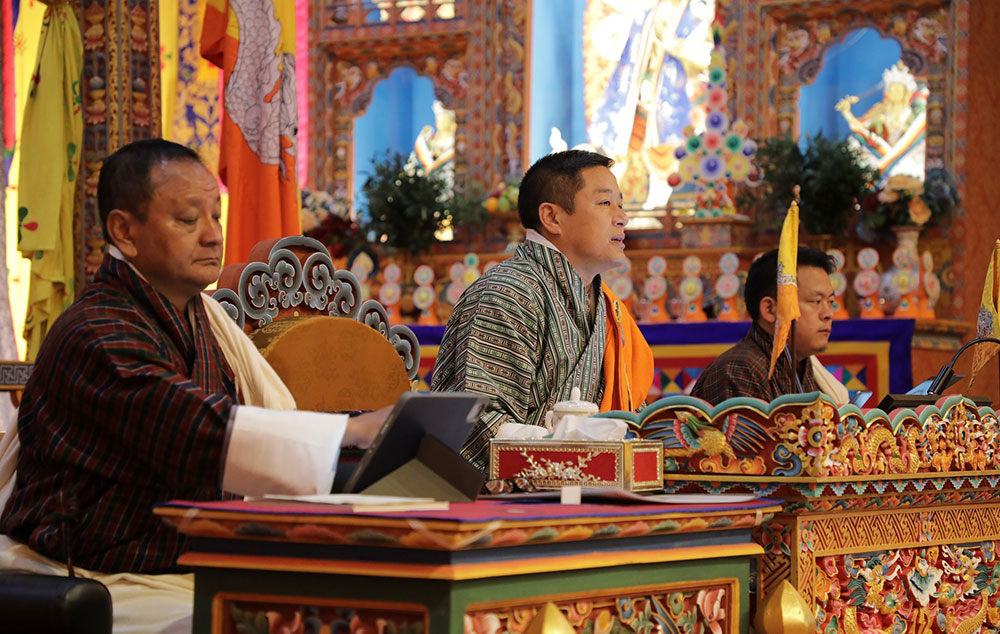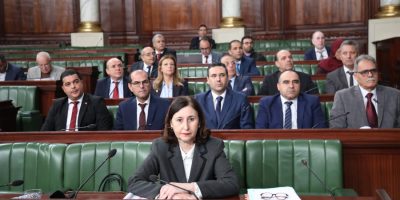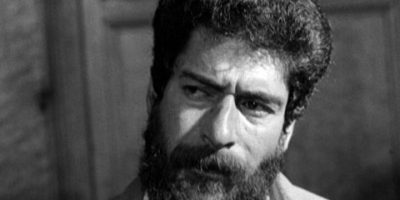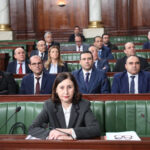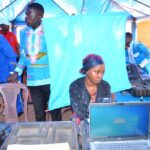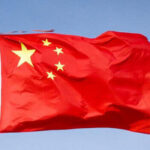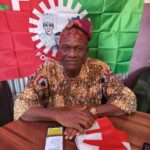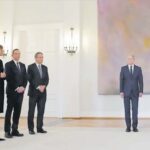Dechen Dolkar
The Economic Affairs Committee of the National Council (NC) has raised concerns over the uneven distribution of tourism, pointing to a regional imbalance in tourist arrivals across different dzongkhags.
The Committee Chairperson Tshewang Rinchen highlighted stark regional disparities in tourist numbers. In 2019, the western region attracted 230,296 tourists, a stark contrast to the central region, which saw only 17,660 visitors. The eastern and southern regions fared the worst, with just 7,129 and 4,578 tourists, respectively.
Despite the “High Value, Low Volume” tourism strategy, these disparities persist.
He said that the western region benefits from its status as the main entry point for international tourists, bolstered by infrastructure such as Paro International Airport, well-developed road networks, and a concentration of hotels and other tourism amenities.
In contrast, dzongkhags in the central, eastern, and southern regions face significant challenges due to poor infrastructure, limited transport options, and a scarcity of accommodation and other services that cater to tourists.
This has resulted in many visitors limiting their travel to the western region, with less time or incentive to explore the more remote parts of the country.
A further complicating factor is the daily Sustainable Development Fee (SDF), which makes longer stays expensive and discourages tourists from venturing beyond the western region.
Chairperson Tshewang Rinchen emphasised the need for a comprehensive policy framework that addresses these infrastructure gaps and promotes awareness of under-visited regions to ensure a more balanced distribution of tourist traffic.
During the session, members of the National Council offered suggestions to rectify the imbalances. Eminent Member Phuntsho Rapten proposed a review of the revenue generated from the SDF, suggesting it should be assessed in both US dollars and Indian rupees to align with the country’s broader economic goals. He emphasized the importance of prioritising revenue from international tourists, who contribute more significantly to the economy.
Trashigang MP Sonam Tobgyel pointed out that the lack of a comprehensive tourism act and the frequent policy changes create confusion among tourists, which could discourage them from exploring beyond the western regions.
Paro MP Ugyen Tshering highlighted the critical need for improved infrastructure in the eastern and southern regions to attract more visitors.
He said that while the SDF waiver introduced in 2018 for the eastern region did not lead to a significant increase in tourist arrivals, the lack of adequate infrastructure was a key factor.
“The lack of basic amenities, such as functioning restrooms on major routes like Thimphu-Paro, further complicates the situation,” Ugyen Tshering said.
He also pointed out that foreign tour operators often control pricing for hotels and services, limiting the benefits of road-entry tourism to Bhutanese service providers.
As of September 2024 Bhutan had welcomed 95,633 tourists, including 31,073 international visitors and 64,560 regional tourists.
The Economic Affairs Committee is scheduled to conduct further consultations with the Department of Immigration, the Department of Tourism, the Ministry of Industry, Commerce, and Employment, and other relevant stakeholders.
Additionally, committee members will undertake field visits to key tourist destinations to gain a deeper understanding of the challenges and opportunities within the tourism sector.
The comprehensive report on the state of tourism in Bhutan will be presented during the summer session of the National Council.

